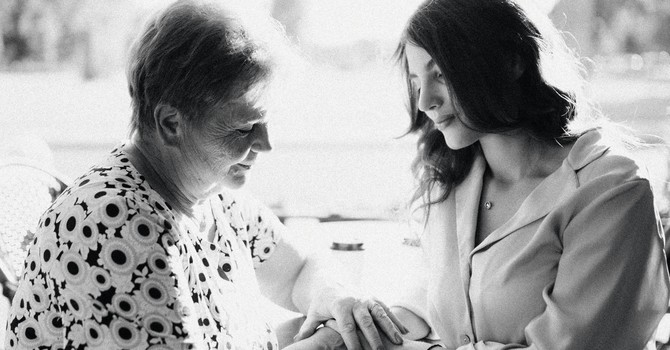
“Why Do I Always Feel Like I’m Giving More in My Relationship?”
Have you ever felt like you’re the one pouring more into your relationship, only to watch your partner pull further away? You ask for more love, effort, or reassurance — but instead of leaning in, they retreat. The harder you try, the more distant they seem.
If this sounds familiar, you may be caught in what relationship experts call the blame–distance loop — a frustrating cycle many couples experience without realizing it. Once you see it, it’s easy to recognize in your own relationship or even in those around you.
The Blame–Distance Loop
Here’s how it works:
-
Partner A feels unseen or unloved. They protest, often with blame: “Why don’t you care more? Why won’t you try harder?” But beneath the frustration is a longing for closeness, safety, and reassurance.
-
Partner B hears this as criticism. Instead of leaning in, they shut down. They give less, avoid conflict, and emotionally withdraw, often thinking, “Nothing I do is enough.”
The more Partner A pushes, the more Partner B distances. The more Partner B distances, the louder and more distressed Partner A becomes. Round and round it goes. Both partners are left feeling disconnected, misunderstood, and emotionally unsafe.
Why Does This Happen?
The answer lies in attachment — the emotional bonds we form with our closest people. Just like children seek comfort from caregivers, adults look to their partners for security.
-
When Partner A doesn’t feel safe or reassured, panic sets in. Their pushing is a desperate attempt to reconnect.
-
When Partner B feels criticized or inadequate, withdrawal becomes a shield of protection.
On the surface, it looks like nagging and avoidance. Underneath, it’s about fear, longing, and a deep need for reassurance.
Breaking the Cycle
The good news: the blame–distance loop isn’t permanent. With awareness and effort, couples can shift out of it.
-
Partner A’s role: Share feelings and needs without blame. Instead of “You never care,” try “I feel anxious and alone when I don’t hear from you — I need comfort.”
-
Partner B’s role: Stay present and emotionally responsive. Instead of shutting down, acknowledge your partner’s fears and offer reassurance.
It may feel like Partner B has to “do more,” but both partners have work to do. Partner A must learn to express deeper needs without assuming their partner can read their mind. Partner B must risk opening up emotionally, which strengthens security for both.
When each side softens and responds with empathy, the relationship shifts from disconnection to connection.
The Path Toward Connection
At the heart of this cycle is emotional safety. Without it, couples get stuck in patterns of blame and withdrawal. With it, partners can show up authentically, respond to each other’s needs, and rebuild trust.
And here’s the hopeful truth: what feels like endless conflict is often just a hidden longing for love.
Want to Learn More?
Dr. Sue Johnson, a pioneer in couples therapy, describes this exact pattern in her groundbreaking book Hold Me Tight. Her Emotionally Focused Couple Therapy (EFT) is based on helping partners identify the blame–distance loop and transform it into connection through emotion.
If you’ve ever found yourself in this push-pull struggle, her book offers not only clarity but also a path forward: the reassurance that even in conflict, the desire for closeness is what drives us.
Relationships don’t thrive on perfection — they thrive on connection. The first step is noticing the loop. The second step is learning how to step out of it together.
At Trail of Growth Pyschotherapy, we work with couples to help rebuild trust, deepen emotional connection, and create relationships that feel safe and fulfilling.
Kristena Disalvo
Contact Me


